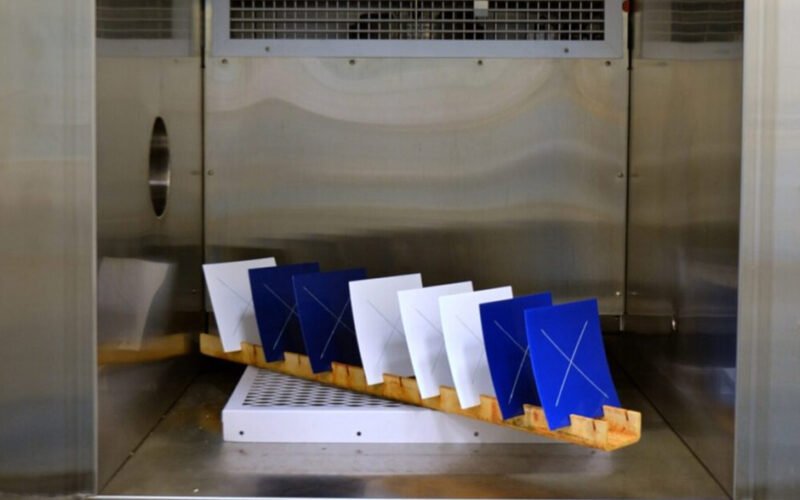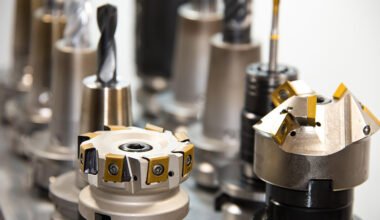In product testing, even the most minor environmental fluctuations can influence results, making consistent humidity control a critical factor in achieving reliable outcomes. Moisture levels can impact various materials’ performance, stability, and lifespan—from electronics and pharmaceuticals to textiles and construction components. Test data may be skewed without precise control, leading to inaccurate conclusions or overlooked vulnerabilities. By maintaining stable humidity conditions, laboratories and manufacturers can better replicate real-world scenarios, uncover potential issues early, and confidently refine product designs. As industries push for higher quality standards and faster innovation cycles, consistent humidity control has become a cornerstone of accurate, repeatable, and meaningful product testing.
Why Humidity Control Matters in Testing
Humidity plays a decisive role in how the integrity and reliability of a product are assessed. In testing environments where even minor fluctuations can skew results, precise environmental conditions are not a luxury but a necessity. Without rigorous control over humidity, products may fail to meet real-world demands, leading to costly recalls and diminished consumer trust. Using humidity chambers offers an essential solution, allowing manufacturers to test how their products fare under variable moisture conditions rigorously. These controlled environments help guarantee that only the most resilient products reach the market.
Achieving repeatable, actionable results requires not just any chamber, but highly calibrated systems that mimic everything from tropical dampness to bone-dry aridity. Missteps in humidity control are among the leading causes of quality assurance failures in new product launches, underscoring the financial implications.
Common Industries That Rely on Humidity Control
Many industries rely on humidity-controlled testing to safeguard product reliability and safety. In the electronics industry, microchips and circuit boards undergo rigorous exposure to extremes in humidity to ensure insulative properties remain intact. Aerospace engineers depend on test chambers to validate that critical components can endure years—if not decades—of fluctuating climates at high altitudes. The pharmaceutical sector depends on humidity-sensitive environments to extend shelf life and ensure that medications remain effective for their full intended duration. Consumer goods and automotive manufacturers are also leading users, utilizing environmental testing to guarantee their products withstand daily wear, transportation, and diverse geographic climates.
Key Conditions to Achieve Accurate Results
Adherence to best practices is essential to secure reliable and repeatable data from humidity testing. Several cornerstone conditions include:
- Calibrated, real-time sensors for immediate detection of anomalies
- Even airflow distribution to erase microclimates within the chamber
- Simultaneous stability in both humidity and temperature
- Airtight design to eliminate leaks that may compromise data
Following internationally recognized standards, such as those from ASTM or ISO, elevates the accuracy and trustworthiness of test results. Even fractional deviations in environmental control can introduce statistical noise, making it harder to discern genuine weaknesses or resilience in product design.
How Humidity Testing Prevents Product Failure
Imagine smartphones warping when left in a damp gym bag or critical medical devices becoming unreliable in humid hospital environments. Humidity testing delivers far more than theoretical assurance—it offers practical, real-world protection against these catastrophic outcomes. These tests provide engineers with quick and actionable feedback by simulating prolonged or intensive exposure within weeks rather than years. Failure rates may drop by as much as 50% when organizations implement robust environmental test protocols.
Additionally, it helps pinpoint weaknesses in materials, adhesives, and coatings that may not be apparent under normal conditions. Manufacturers can adjust designs, select more resilient components, or improve sealing methods before mass production begins. This proactive approach not only safeguards product integrity but also enhances customer satisfaction and brand reputation. In highly regulated industries, such testing is often a prerequisite for meeting compliance and certification requirements. Ultimately, consistent humidity testing reduces long-term costs by preventing warranty claims, recalls, and reputational damage.
Modern Technology Improving Test Chambers
Modern humidity chambers are equipped with technological advancements that bring precision and efficiency to the testing process. Touchscreen interfaces, remote monitoring, and automatic documentation allow unprecedented control and transparency. Many chambers now feature cloud-based data streaming, enabling engineers to monitor conditions and adjust parameters in real time from virtually anywhere. These improvements enhance productivity and significantly reduce the risk of manual error—a critical consideration for sectors where regulatory compliance is vital. Industry reports confirm that digital enhancements drive smarter, more agile decision-making throughout manufacturing.
Balancing Humidity and Temperature Variables
Real-world environments bring more complexity than humidity alone. Products sold globally must be tested under the combined stresses of heat, cold, and moisture—sometimes in rapid cycles. Temperature-humidity cycling, a staple in quality laboratories, helps reveal latent weaknesses. This process exposes products to coordinated ramps and soaks of both conditions, revealing inconsistencies or vulnerabilities that static testing could easily miss. By controlling and varying these two parameters, companies develop a holistic understanding of how their products will behave throughout their intended service life.
Data-Driven Approaches in Quality Control
Integrating big data and statistical monitoring into the testing workflow has revolutionized quality control. Real-time sensor data feeds advanced analytics platforms, making it possible to identify trends, anomalies, and risks before they escalate. Statistical Process Control (SPC) illuminates the relationship between environmental stress and product durability and informs ongoing design improvements. Coupled with predictive maintenance techniques, data-driven testing helps organizations anticipate and address quality issues before products reach customers.
Industry Insights on Humidity Chambers
Manufacturing and product development leaders stress the importance of continuous environmental testing—not as an isolated protocol, but as an ongoing pillar of research and development. According to industry analysts, investments in technician training and adherence to global testing standards result in lower warranty costs and enhanced customer satisfaction. Ongoing research and peer-reviewed reports reinforce the connection between robust humidity testing and a strong reputation for resilience, safety, and innovation.
Conclusion
Humidity chambers are an indispensable asset for any industry seeking to validate the dependability and longevity of their products. By leveraging advancements in environmental control, digital integration, and data analytics, companies are setting new benchmarks in quality assurance. Proactive, consistent humidity and temperature management is not just an operational necessity—it’s a strategic advantage that directly supports consumer confidence, safety, and industry leadership in innovation.






